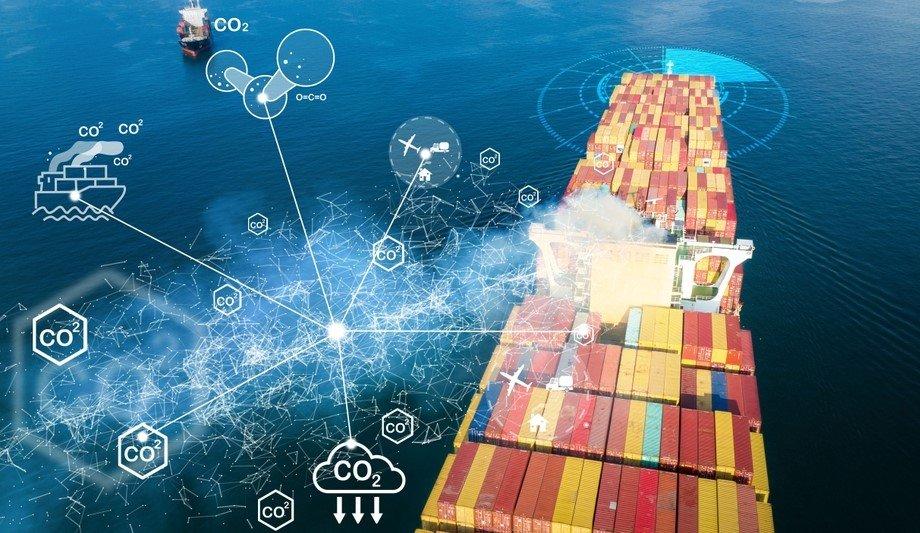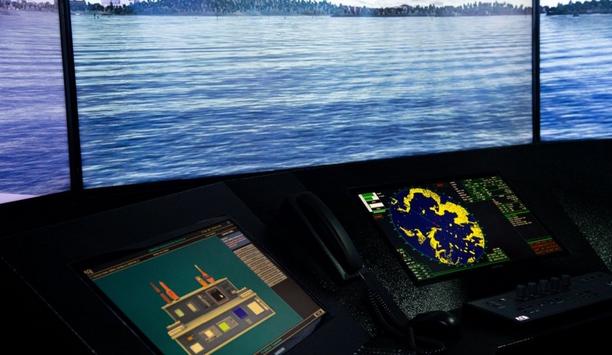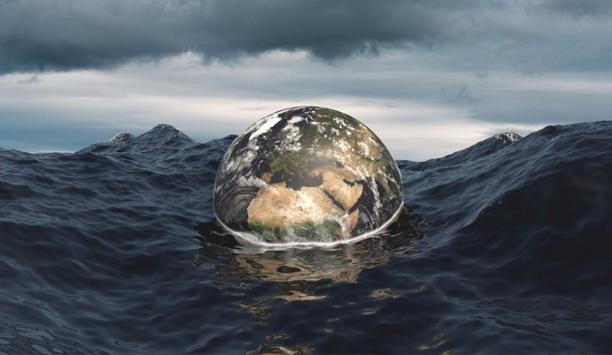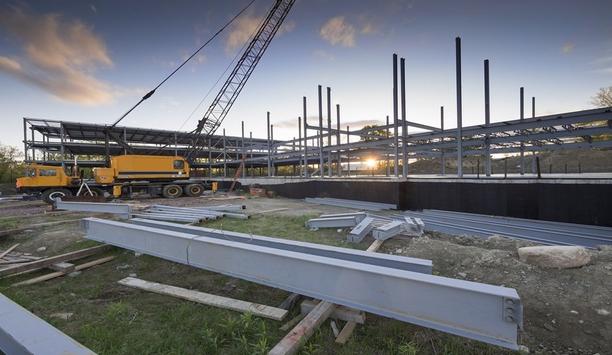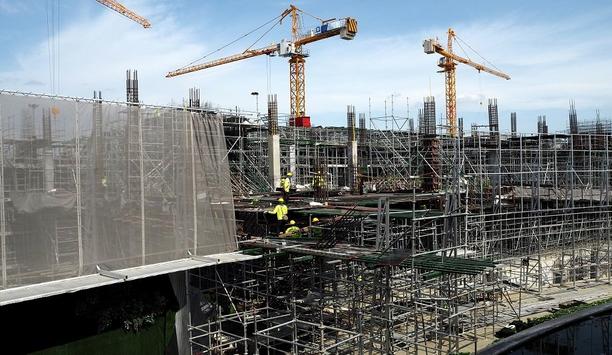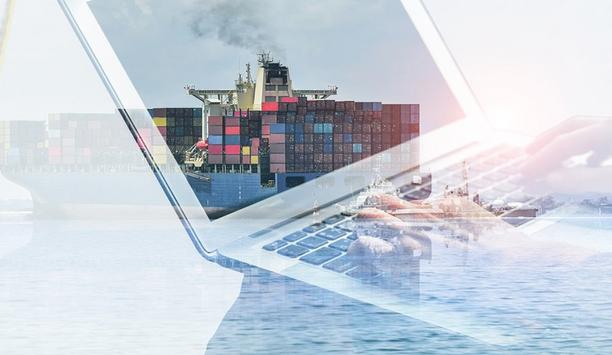Demand for ammonia is being transformed by the energy transition. Until recently used as an input for fertiliser and chemical products, new markets for green and blue ammonia are emerging, replacing fossil energy in power generation, steel production and marine fuel.
Today some 200m tonnes per annum of ammonia is produced worldwide with 20m tpa transported in LPG carriers. The scale of the emerging and potential demand will see these figures rise; how quickly this can be achieved will determine its take-up as a shipping fuel.
New or evolving technology
The interest in ammonia stems both from its ‘zero emissions’ when used as fuel and because its production isn’t dependent on biogenic carbon sources. As the global economy transitions away from fossil-based fuels, biogenic carbon – from captured CO2, electrolysis and even waste sources – will be subject to increasing competition from other consumers.
Shipyards around the world are considering the advantages that operating on ammonia may provide
Accordingly, owners, operators, designers, and shipyards around the world are considering the advantages that operating on ammonia may provide. However, when considering any new or evolving technology, it is important to have a clear understanding of not only the benefits, but the challenges that may be involved.
Challenges of ammonia bunkering
Biogenic carbon will increasingly replace fossil-based carbon in many of the products in use today in industry and consumer goods. Competition from the energy and aviation sectors will inevitably lead to increased prices but production capacity will need to come from industrial sources rather than biomass harvested for this purpose.
ABS has produced a Technical and Operational Advisory on Ammonia Bunkering in response to the need for better understanding by members of the maritime industry. It is intended to provide guidance on the technical and operational challenges of ammonia bunkering, both from the bunker vessel’s perspective (or land-side source) and from the receiving vessel’s perspective.
Managing emissions
Particular attention needs to be paid to the potential presence of ammonia slip, N2O or NOx emissions
The carbon emissions from the combustion of ammonia are associated with and dependent on the type and amount of pilot fuel used. The use of biofuel as pilot fuel may further reduce the emissions. In addition, the emissions of sulphur dioxide, heavy metals, hydrocarbons, and polycyclic aromatic hydrocarbons (PAHs) drop to zero (or near zero, depending on the pilot fuel used); and particulate matters (PM) are also substantially reduced compared to conventional fossil fuels. However, particular attention needs to be paid to the potential presence of ammonia slip, N2O or NOx emissions, due to the imperfect combustion of ammonia and the use of pilot fuels.
These emissions will need to be kept as low as possible by further adjustment and development of the engine technology or using an on-board exhaust gas treatment technology. Currently, hydrogen for ammonia production is typically produced by means of steam methane reforming (SMR) or autothermal reforming (ATR) of natural gas (grey ammonia). If the CO2 emissions from the process of converting natural gas are captured and stored, the ammonia is typically referred to as ‘blue’.
Production of blue ammonia
Moreover, the production of blue ammonia retains a dependency on fossil fuels. Therefore, ‘green ammonia’, which is produced from hydrogen made from renewable energy sources (green hydrogen), is generally considered to be the end-solution for decarbonisation which leads to a sustainable fuel cycle, while blue ammonia is seen to have an intermediate role.
The potential well-to-wake GHG emissions of green ammonia are estimated to be around 91% lower than for grey ammonia, and 85% lower than HFO and MGO. The grey ammonia production network is already well established and global, ensuring easier accessibility across major ports worldwide.
Infrastructure and regulation
Specific requirements for ammonia bunkering are under discussion by all marine stakeholders
This will help green ammonia become readily available for bunkering and distribution once sufficient production and infrastructure are in place. On the other hand, when compared with liquid hydrogen or LNG which can be stored at temperatures of −253°C and −162°C, respectively, liquid ammonia can be stored and transported at −33°C near atmospheric pressure, which allows for easier adaptation of existing fuel infrastructure on ships and at ports.
While specific requirements for ammonia bunkering are under discussion by all marine stakeholders, the requirements for shipping ammonia as cargo, including loading and unloading operations, have been established in the marine industry and are covered by the IMO International Code for the Construction and Equipment of Ships Carrying Liquefied Gases in Bulk (IGC Code) and incorporated in the ABS Rules for Building and Classing Marine Vessels Part 5C Chapter 8 “Vessels Intended to Carry Liquefied Gases in Bulk”.
For the use of ammonia as bunker fuel, all segments of the marine industry (including IMO, Class Societies, Port Authorities, and industry agencies) are working to develop requirements and procedures specific to ammonia bunkering operations. Refer to the section “Regulatory Organisation” of this Advisory for the current activities of each marine industry segment.
Bunkering Options
Ship-to-ship bunkering is the most popular mode for transferring fuel to ocean-going vessels
There are three main methods of bunkering ammonia to ships. Truck-to-ship is the process of transferring ammonia from trucks or truck trailers to a receiving vessel using ammonia as fuel. Typically, the tanks on the truck are pressurised and store ammonia at ambient temperature. To increase bunker capacity and transfer rates, a manifold may be used to connect several trucks simultaneously to supply the receiving vessel. Truck-to-ship transfer operations may provide greater operational flexibility, but at the same time could induce operational restrictions and limitations by the local Authority.
Ship-to-ship bunkering is the most popular mode for transferring fuel to ocean-going vessels, such as container ships, tankers, and bulk carriers, which require large fuel capacities and greater quantities of fuel to be bunkered. Terminal-to-ship bunkering transfers ammonia from an ammonia storage terminal pipeline connected to receiving vessels via a hose assembly or loading arm.
Ammonia Safety
Ammonia is toxic and reacts violently and explosively with oxidising gases such as chlorine, bromine, acids, and other halogens. When ammonia is inhaled, swallowed or absorbed via skin contact, it reacts with water in the body, producing ammonium hydroxide. Due to these toxicity issues, ammonia is classified as a hazardous substance, with the level and time of exposure being controlled by several national standards.
The level of competency needed for each task depends on the role and duties of the individual
A combination of both training and operational experience is key to developing the required competencies for ammonia bunkering operations. The level of competency needed for each task depends on the role and responsibilities of the individual. Therefore, the training may vary from person to person. Seafarers on board ships using ammonia fuel should have completed training to attain the abilities that are appropriate to the capacity to be filled, and duties and responsibilities to be taken up. The master, officers, ratings and other personnel on ships using ammonia fuel should be trained and qualified in accordance with regulation V/3 of the STCW Convention and section A-V/3 of the STCW Code, taking into account the specific hazards of ammonia used as fuel.
Ship-specific training
Ship-specific training is to be reviewed and approved by governing regulatory authorities. The IGF Code provides detailed training requirements for ships that use gases or other low-flashpoint fuels. Ships under the jurisdiction of flag administrations signatory to SOLAS should ensure that seafarers should have the specified certificates of proficiency and the administration shall approve courses and issue endorsements indicating completion of the qualification.
All crew must be provided with and be made aware of the emergency procedures and must be trained in any roles and responsibilities they may have. Training, drills and exercises to prepare crews for emergencies are to be provided. Lessons learned from past operations should be incorporated to improve emergency procedures. Procedures should cover all scenarios specific to the ship, type of incident, equipment, and associated areas.
